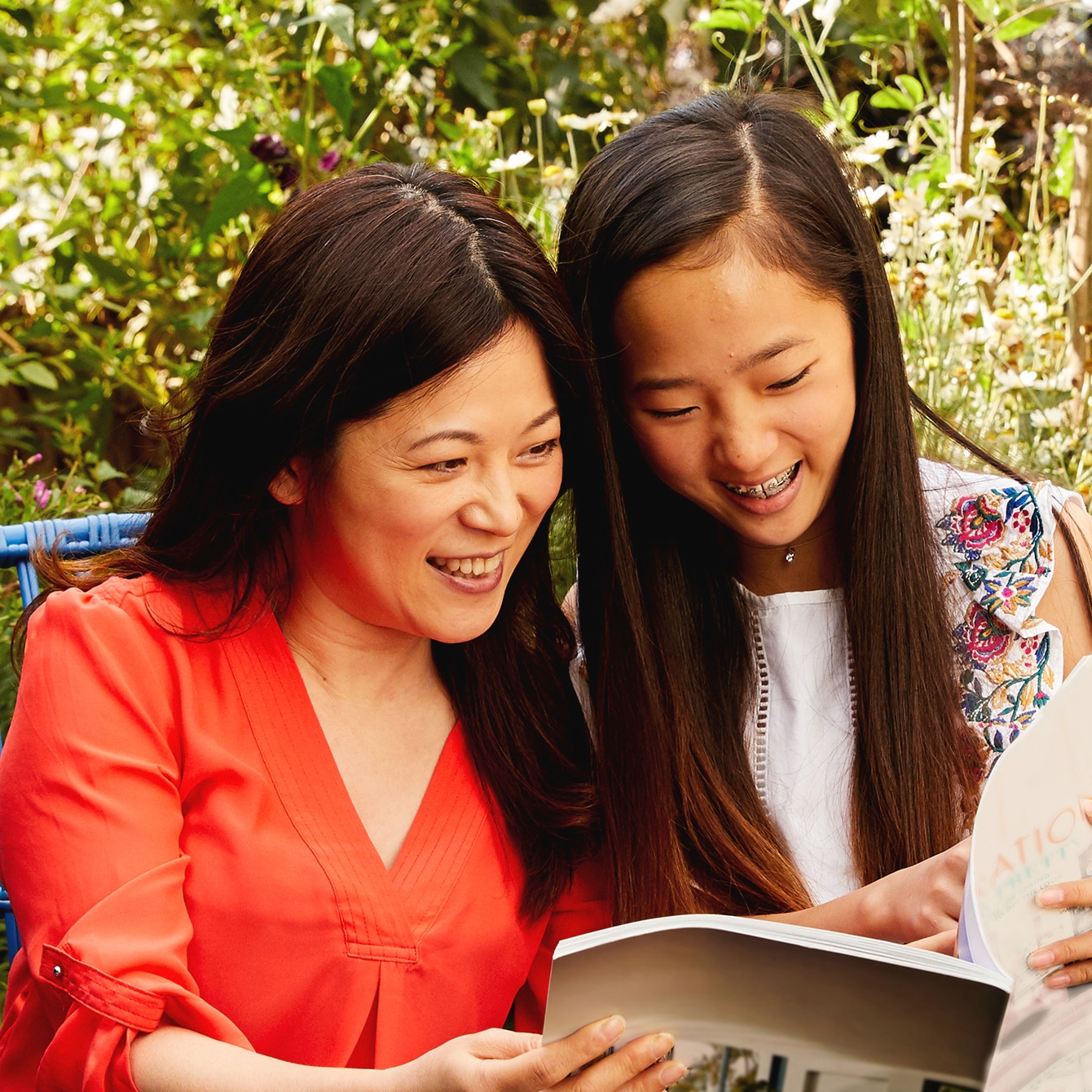Whether it's 'size 000', the 'thigh gap' or the 'ab crack', it seems that every few months brings a disturbing new thinness trend. How can you prevent your child being drawn into social media's latest body obsessions and encourage them to put their health and wellbeing above body perfectionism?
The ever-evolving perfect body shape
From the full-figured beauties depicted by Renaissance painters, to the hourglass figure prized by the Victorians, and from the boyish physique of the 1920s flappers to the shapely curves of 1950s Hollywood stars, there have always been changing fashions in body shape. In today's era of Twitter, Instagram, blogs and memes, the latest body trends can spread around the globe within hours, and impressionable young people may find themselves bombarded with images of the latest 'ideal'.
Recent examples include the 'ab crack' – a visible channel between the abdominal muscles, and the 'thigh gap' – a space between the inner thighs of a woman standing with her knees touching. Celebrities proudly share photos of themselves showing these latest desirable features on social media, and some young people try to follow their example.
Unnatural beauty standards
The problem is that these looks are unachievable for most people. The formation of the abdominal muscles and distance between the thighs, for example, are largely determined by genetics. No amount of dieting or exercise will give your child a thigh gap, ab crack or size 000 figure if their body simply isn't meant to look like that.
Worryingly, trends for 'statement' body parts often promote thinness at the expense of healthiness, and encourage young people to become fixated on one part of their body instead of looking after their wellbeing as a whole. The look they promote may be physically unnatural and – as with all photos these days – it's impossible to tell whether they've been doctored (after all, Photoshop can give anyone a thigh gap).
Body shape competitiveness
Social media has also introduced a new level of competitiveness into body-shape trends, with people keen to get 'likes', 'shares' and approving comments on their body-image selfies. Then there are the hashtag trends, memes and challenges – such as 'is your waist is narrower than a piece of A4 paper?' or 'how many coins can you balance along your collarbone?' When their friends start sharing photos of themselves attempting the latest challenge, it's very hard for some young people to resist trying it too.
And if they’re struggling to achieve the look they aspire to, there's no end of websites, blogs and video tutorials that promise to help them along the way. The internet is full of 'thinspiration' sites and apparent quick-fixes. Whatever their body obsession, there will be online content to fuel it.
Building body confidence
Young people are undergoing huge, often disconcerting, physical and emotional changes, so it's not surprising their body confidence is easily knocked. It's important we keep reminding our children that people come in all shapes and sizes, and there's no such thing as the perfect body shape.
Refreshingly, there are signs of a move away from the conventional (extremely narrow) media definition of beauty. The 'thigh gap' trend sparked a backlash on social media as women christened their curvy upper legs 'mermaid thighs' and shared glamorous photos and amusing advantages – from being less likely to drop their phone through their legs to being able to sit more puppies on their lap.
A growing number of advertisers are seeking to redefine beauty standards and celebrate diversity in their campaigns. H&M, Mars, Diese and Boots are some of the big names who have followed Dove's lead in using real women who don't meet the slim, tall, Caucasian model stereotype. Lingerie brands Panache and Curvy Kate use inspirational role models rather than professional models to promote their gorgeous underwear, while Sport England's stylish 'This Girl Can' ad focuses on the feel-good factor of exercise – in all its sweaty, jiggly, red-faced glory.
Jennifer Lawrence, Serena Williams, Kate Winslet, Sarah Millican, Kelly Clarkson, Keira Knightly and Kim Kardashian are just a few of the many celebrities who have spoken out against body-shaming after having their weight scrutinised in the media. Meanwhile the fuller figured Adele, Rebel Wilson and Ashley Graham have all reached the pinnacle of their profession in music, acting and modelling respectively.
If your child is anxious about a particular physical characteristic, why not share a few of these body-positive examples with them?


